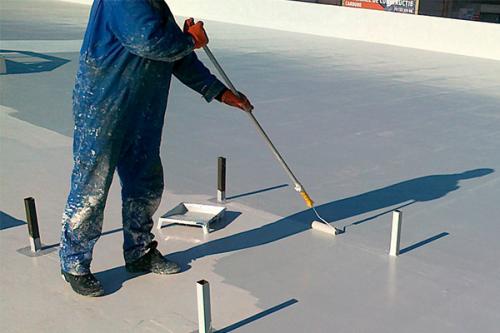Types of air purifiers for pet dander allergies and how they compare to true HEPA filters
Air purifiers are devices that help to
remove airborne contaminants, such as pet dander, from the air in your home.
For individuals with pet allergies, air purifiers can be a lifesaver, helping
to alleviate symptoms such as sneezing, runny nose, and itchy eyes. There are
several types of air purifiers available on the market, each with its own
unique features and benefits. In this article, we will discuss the most common
types of air purifiers for pet dander allergies and how they compare to true
HEPA filters. Best True
Hepa Air Purifier for cat
True HEPA Filters
True HEPA filters are considered the gold
standard when it comes to air purification. They are designed to capture at
least 99.97% of particles that are 0.3 microns or larger. This includes pet
dander, which can range in size from 2 to 10 microns. True HEPA filters use a
dense mesh of interlocking fibers to trap particles as they pass through the
filter. They are highly effective at removing pet dander from the air and can
significantly reduce allergy symptoms.
Activated Carbon Filters
Activated carbon filters are another common
type of air purifier. They are designed to remove odors and chemical pollutants
from the air, including those associated with pets. Activated carbon filters
work by adsorbing pollutants onto the surface of the filter material. However,
they are not as effective at capturing particulate matter, such as pet dander,
as true HEPA filters.
UV-C Filters
UV-C filters use ultraviolet light to kill
bacteria and viruses in the air. Some models also claim to be effective at
removing pet dander from the air. However, UV-C filters have limitations when
it comes to capturing larger particles like pet dander. Additionally, prolonged
exposure to UV-C light can damage the eyes and skin, so it is important to use
these filters with caution.
Ionic Air Purifiers
Ionic air purifiers use electrically
charged ions to attract and remove pollutants from the air. They do not use
filters, so there are no ongoing filter replacement costs. However, some
experts have expressed concern about the potential for these devices to produce
ozone, which can be harmful to human health. Additionally, ionic air purifiers
are not as effective at capturing larger particles like pet dander as true HEPA
filters.
HEPA-Type Filters
HEPA-type filters are designed to look and
function like true HEPA filters, but they do not meet the same strict
standards. They typically capture particles that are 2 microns or larger, which
is not as effective as true HEPA filters. HEPA-type filters may be less
expensive than true HEPA filters, but they may not provide the same level of
allergy relief.
Comparing Air Purifiers for Pet Dander
Allergies
When it comes to air purifiers for pet
dander allergies, true HEPA filters are the most effective option. They are
designed to capture particles as small as 0.3 microns, which includes most
types of pet dander. True HEPA filters are also highly effective at capturing
other allergens, such as pollen and dust mites, which can exacerbate allergy
symptoms.
Activated carbon filters, UV-C filters, and
ionic air purifiers may also provide some relief for pet allergies, but they
are not as effective at capturing pet dander as true HEPA filters.
Additionally, some of these filters have potential drawbacks, such as the risk
of ozone production or damage to the eyes and skin.
HEPA-type filters are a less expensive
alternative to true HEPA filters, but they may not provide the same level of
allergy relief. They typically capture larger particles than true HEPA filters,
so they may not be as effective at capturing pet dander and other small allergens.
Finally, it is
important to consider the size of the air purifier when selecting a model for
pet dander allergies. Air purifiers come in different sizes and are designed to
purify air in different room sizes. It is important to choose an air purifier
that is appropriate for the size of the room where it will be used. If the air
purifier is too small for the room, it may not effectively capture pet dander
and other allergens.
In addition to the
type and size of the air purifier, there are other factors to consider when
selecting a model for pet dander allergies. These include noise level, energy
efficiency, and ongoing maintenance costs. Some air purifiers may be noisy and
disruptive, while others operate quietly in the background. Similarly, some
models may use more energy than others, leading to higher energy bills.
Finally, ongoing maintenance costs, such as filter replacements, should also be
considered when selecting an air purifier.
In conclusion, air
purifiers can be an effective way to alleviate pet dander allergies in the
home. True HEPA filters are the most effective option for capturing pet dander
and other allergens, but there are other types of air purifiers available as
well. When selecting an air purifier for pet dander allergies, it is important
to consider factors such as the size of the unit, noise level, energy
efficiency, and ongoing maintenance costs. With the right air purifier,
individuals with pet allergies can enjoy a cleaner, healthier home environment.
4 Best True
Hepa Air Purifier for Cat/Pet Dander Allergies









Comments